"Rabbis: The Many Faces of Judaism," by George Kalinsky (Rizzoli International, $39.95).
It was 1962, and Marilyn Monroe had just died. So George Kalinsky did what he always did when something important happened — he visited a rabbi.
Kalinsky, now 60, recalled listening to a Shabbat sermon on Monroe’s impact on the world by the rabbi in his Long Island, N.Y., congregation. The rabbi described how Monroe had sought to become more than just a sex symbol, marrying playwright Arthur Miller and trying to grow intellectually.
"It was another insight on something that I got in a synagogue," Kalinsky said.
Whether it was for insight on Monroe, his wife’s cancer or the Sept. 11 terrorist attacks, Kalinsky has turned for guidance and insight throughout his life to the men and women of the rabbinate.
Now Kalinsky is hoping to shed some light on the rabbis’ world. He has collected 100 portraits of rabbis, spanning the ideological spectrum, in an unusual book titled, "Rabbis: The Many Faces of Judaism."
"Especially after Sept. 11, I wanted to show that there could be a unity of all denominations," he said. "I wanted to show the world what rabbis are like. I felt this was my mitzvah."
It’s not the kind of project you’d expect from someone like Kalinsky, the award-winning official photographer at New York’s Madison Square Garden and special photographer of the New York Mets and the Alvin Ailey Dance Company.
On a recent day, Kalinsky sat in a Manhattan office adorned with famous images from the worlds of sports and show business: a black-and-white photo of Muhammad Ali clowning at fellow boxer Joe Frazier’s training camp, singer Frank Sinatra ringside, singer Tony Bennett’s portrait and hockey star Wayne Gretzky on the ice.
Kalinsky counts among his friends celebrities such as film director Spike Lee, Los Angeles Lakers’ coach Phil Jackson and NBC News anchor Tom Brokaw. However, he also has come to know many rabbis over the years. They range from Rabbi Mordechai Shmuel Ashkenazi, the chief rabbi of Kfar Chabad, Israel, to Rabbi Sharon Kleinbaum, who leads the gay and lesbian Congregation Beth Simchat Torah in New York.
Each of the 100 rabbis in the book contributed an essay, and actor Kirk Douglas and Sen. Joseph Lieberman (D-Conn.) penned introductory pieces.
One of the participants, Rabbi Marc Schneier, who leads The Hampton Synagogue in Westhampton, N.Y., said the book "shines a new light on the diversity of the rabbinate and how the rabbinate has changed."
Contrary to popular belief, many rabbis do not exclusively preach from the bimah, said Schneier, who also is president of the North American Boards of Rabbis. He said that increasingly, "fewer rabbis are preparing classic sermons, and more are preparing to lead discussions about a Torah portion either from the pulpit or in a classroom." On a larger stage, he added, the role of the rabbi is changing as rabbis teach Jewish studies in universities, lead Jewish lay organizations or become chaplains.
Among those Kalinsky photographed is Rabbi Jacob Goldstein of the Lubavitch movement. The rabbi is also known as Col. Goldstein, Jewish chaplain for the New York National Guard. Goldstein drove a tank during the Gulf War, and last Passover he led a seder aboard the aircraft carrier USS John F. Kennedy for military personnel in Operation Enduring Freedom.
Goldstein and Kalinsky were to meet last year on Sept. 12 at the National Guard armory on Staten Island to stage a shot for the book. But at noon on Sept. 11, Kalinsky got a call from Goldstein, who was coughing into his cell phone at Ground Zero. Kalinsky arrived at the scene and captured one of the most dramatic images in the book: a wild-eyed Goldstein in combat gear in front of the smoking ruins of the World Trade Center.
As dust at the site clogged the rabbi’s throat, Kalinsky suggested that he leave. However, Kalinsky said Goldstein told him that he was on an important mission. Goldstein spent the next five months at Ground Zero ministering to Army personnel participating in the recovery effort.
It wasn’t the first time the events of Sept. 11 changed the path of the book. Kalinsky met Rabbi Joseph Potasnik of New York’s Congregation Mount Sinai, chaplain to the New York Fire Department, outside the 31st Street firehouse in the weeks after the attack.
It was the same firehouse where the Rev. Mychal Judge, the Catholic priest killed at Ground Zero, had been stationed. After Kalinsky photographed the rabbi and the company of firefighters, he said he nearly cried as he told the men that though he’d taken pictures of Ali, Michael Jordan and the pope, he considered the firefighters the true role models for our age. Each firefighter then hugged Kalinsky.
Sept. 11 has left an impact on the rabbinic world as well, Potasnik said. He’s noticed "more of a friendship" between rabbis of the different denominations since the attacks, and "a little more understanding of our human differences."
The book will help break down "preconceived notions" about rabbis, Potasnik said. Because many of the book’s subjects don’t wear typical rabbinic garb, it "will show you can’t define people by their appearance," he said.
While "Rabbis" defies conventional wisdom about Jewish religious teachers, Kalinsky said he took pains to paint "respectful" portraits of his subjects. He’d heard of one book of "off-the-wall" rabbi pictures, but wanted to take a different approach.
"Just do what you do, and I’ll photograph you," he told the rabbis. And he did. There’s Rabbi Niles Elliot Goldstein, founder of the New Shul in New York’s Greenwich Village, striking a karate pose on a New York City roof — the Twin Towers still visible in the background — and Ethiopian Jewish leader Rabbi Yosef Hadana clenching his fists in front of a stained-glass window.
It was while capturing a rabbi in action on a 1988 trip in the former Soviet Union that Kalinsky began conceiving of such a project. Kalinsky discovered an old rabbi hunched over a desk in the Moscow synagogue, his wife sitting opposite and an unidentified man sitting in the shadows.
It turned out that the mysterious observer was a KGB agent, whose job was to watch over the Jewish religious leader all day. The agent and rabbi never spoke. The photo later ran in The New York Times and generated a strong response, Kalinsky recalled, in part because it spoke about the lack of religious freedom in the Soviet Union.
Rabbis came into Kalinsky’s life again when his wife was diagnosed with brain cancer in 1994. He sought Rabbi Shalom Paltiel’s help, and the rabbi — with his own wife present — held Kalinsky’s wife’s hand while she lay in a coma. Though the doctors gave Kalinsky’s wife only a few months to live, she survived another year. The photo of Paltiel, of Chabad Congregation in Port Washington, N.Y., appears in the book.
Later, one rabbi told Kalinsky that he would "find an angel," and four years later, he fell in love and remarried. It was his second wife who convinced him to dedicate a book to rabbis.
Aided by Rabbi David Saperstein, director of the Religious Action Center of Reform Judaism in Washington, D.C., and Lubavitch World Headquarters leader Rabbi Yehuda Krinsky, Kalinsky drafted a list of candidates and began contacting them.
Slowly, Kalinsky began meeting rabbis such as Rachamim Banin, the director of Chabad of Venice, Italy, whose picture in a gondola on a Venetian canal graces the book’s cover.
After several trips and 18 months of interviews, planning and shoots, Kalinsky finished taking most of his photographs. The vivid color shots will form a photographic tapestry for the coffee table-sized book.
This rabbinic mosaic shows that many rabbis are "not only spiritual leaders, but they are leaders of the Jewish people," Schneier said. "Each one is making their own contribution to the Jewish people."







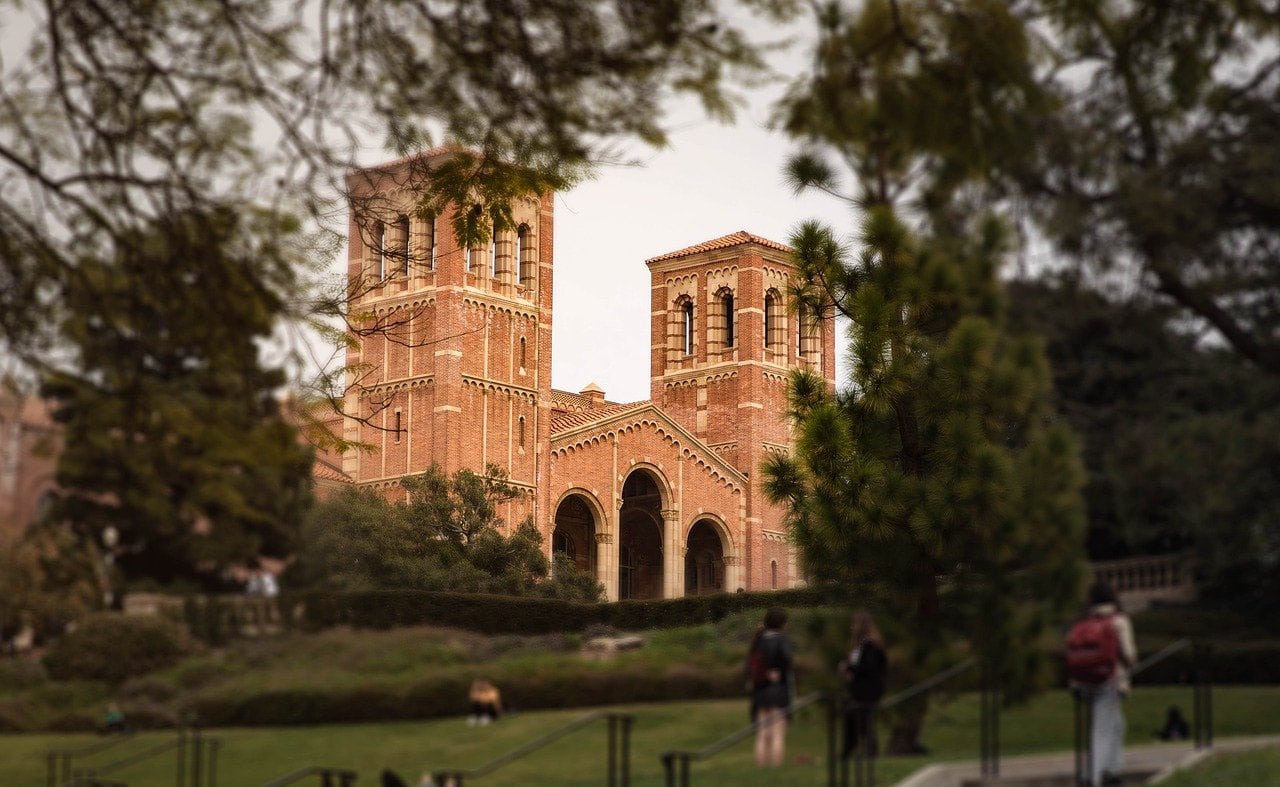
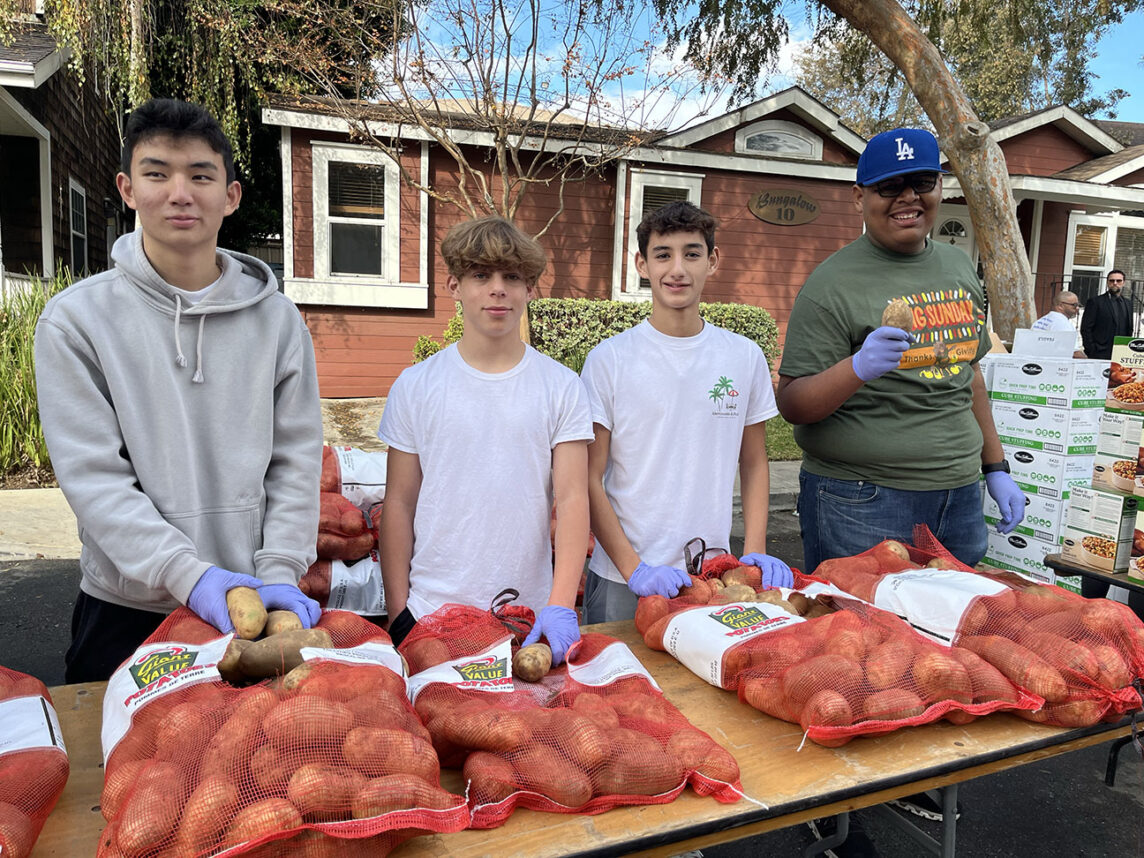
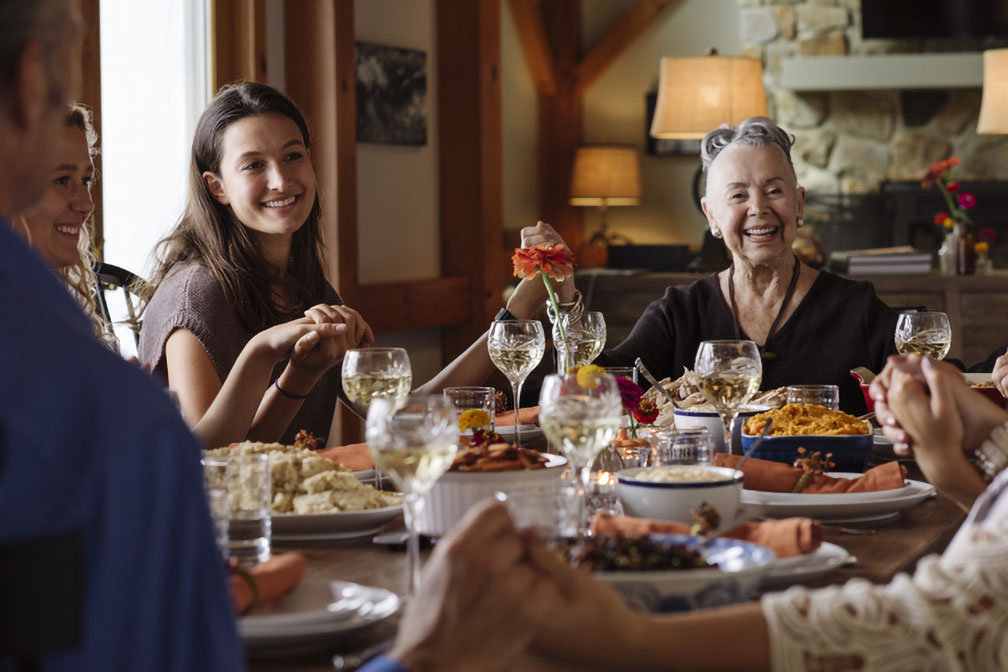
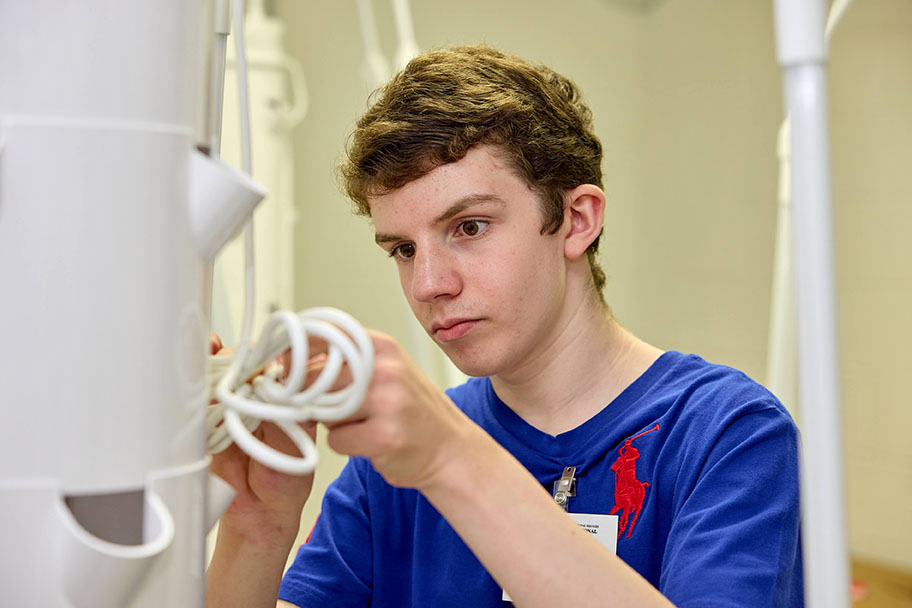

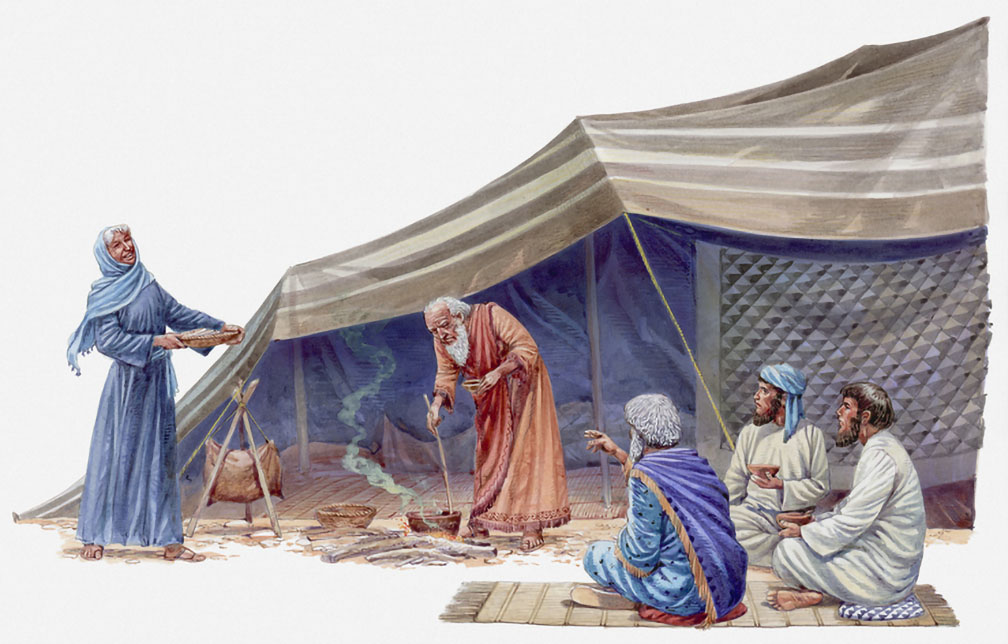
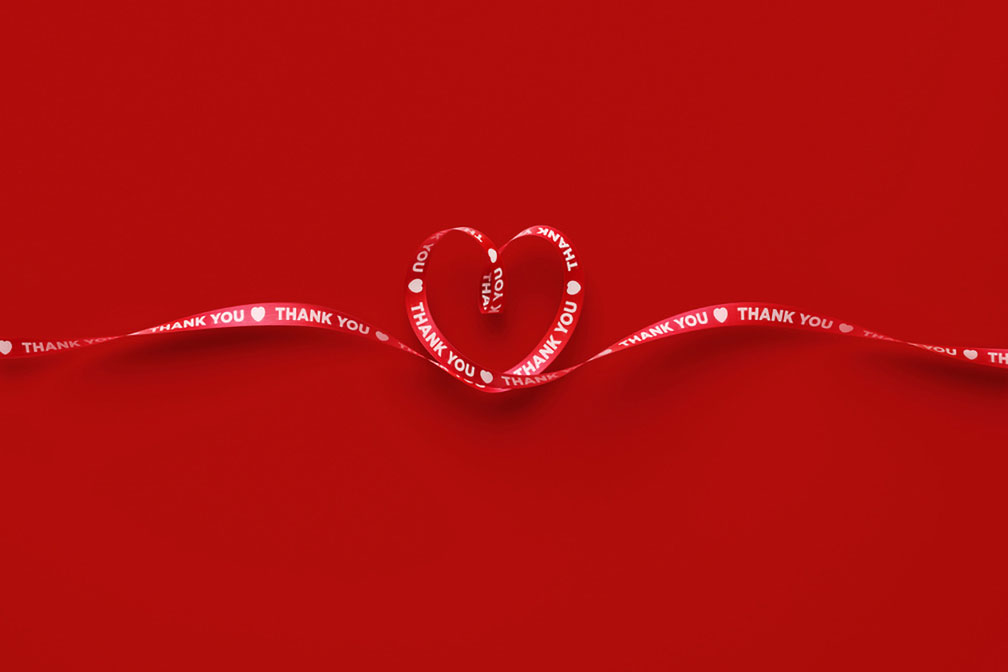
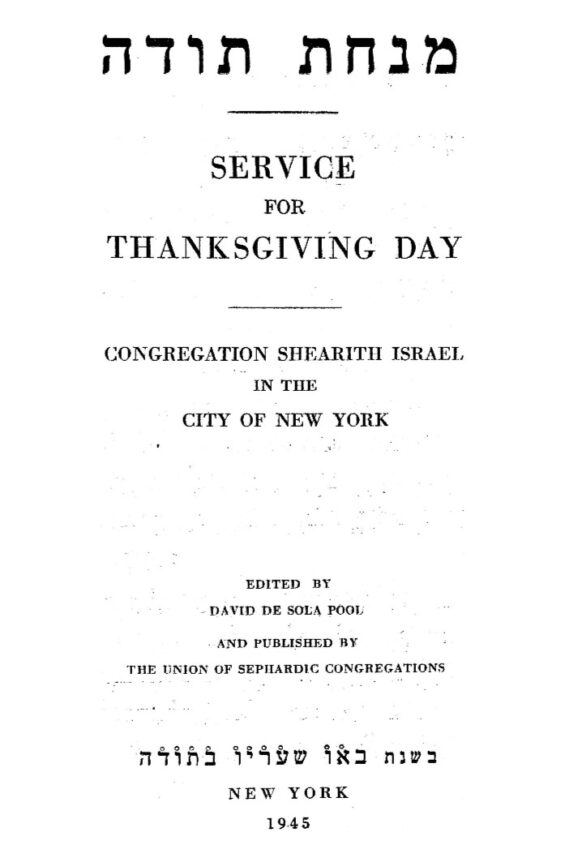





 More news and opinions than at a Shabbat dinner, right in your inbox.
More news and opinions than at a Shabbat dinner, right in your inbox.